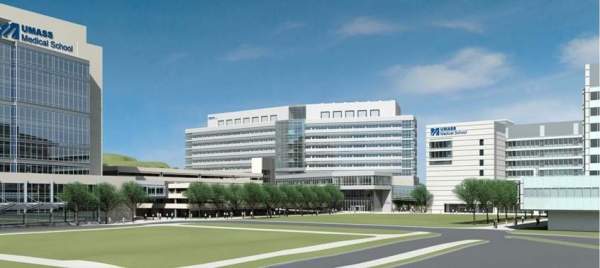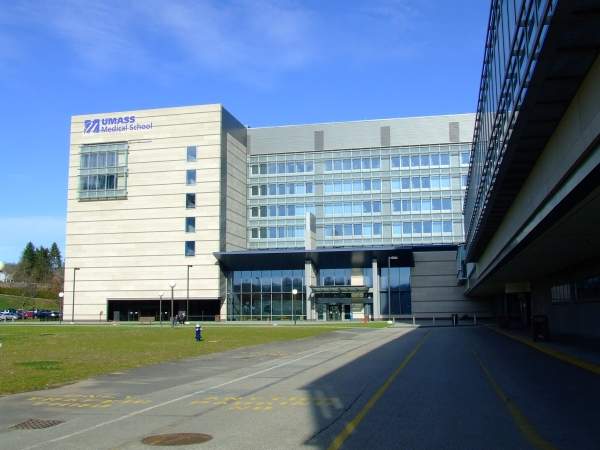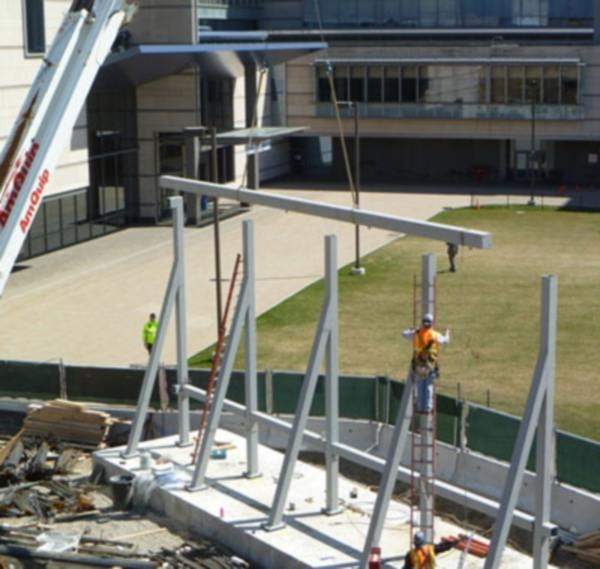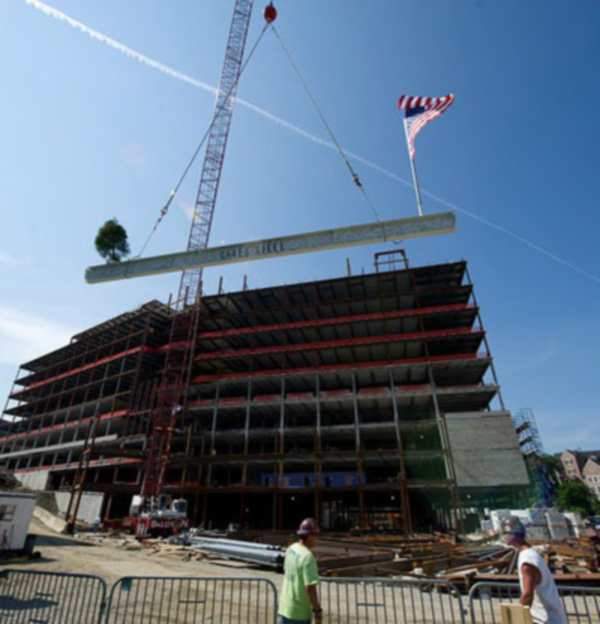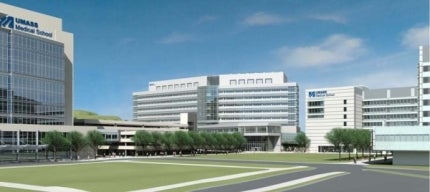
The University of Massachusetts Medical School (UMMS), the US, expanded its research and curriculum teaching capabilities with the opening of the new Albert Sherman Center in January 2013. The centre is named after the former vice-chancellor of university relations.
The project included a new academic resources building. It added research core space, cleanrooms, wet and dry research space and administration office areas to the Worcester campus of the UMMS.
Expansion of the interdisciplinary, research and education facility has doubled the research capabilities of the UMMS.
Construction of the new University of Massachusetts Medical School centre
Construction of the Albert Sherman Center was started in September 2009. The building topped out in February 2011.
Construction of curtain wall façade worth about $20m, comprising 1,775 panels of glass, terracotta, aluminium and granite materials, began in July 2011.
The project created about 6,000 jobs during construction.
Financing the UMMS expansion
The biomedical research facility project cost $405m. University of Massachusetts Building Authority is the owner and financier of the project.
The Massachusetts Life Sciences Center funded $90m towards the development. The new research centre is expected to generate about $264m a year in the Massachusetts state.
Albert Sherman Center facility details
The state-of-the-art, nine-storey building spreads over 12,000ft². It accommodates the University of Massachusetts Advanced Therapeutics Cluster (ATC). The ATC integrates the existing research programme departments of the university under one roof. It includes the Department of Quantitative Health Sciences, Center for Stem Cell Biology and Regenerative Medicine, Center for Experiential Learning and Simulation, RNA Therapeutics Institute (RTI) and Gene Therapy Center.
The Albert Sherman Center has about 300,000ft² of wet space for research laboratories, core research areas, clean and cold rooms, a vivarium and administrative space.
It also accommodates 200,000ft² of dry research and educational space. It includes a conference centre, a 360-seat auditorium, teaching areas, a library, fitness centre, support staff areas and café.
It is designed to promote collaboration, interaction and synergy among the life sciences industry, scientists and students of different disciplines.
A 1,600 car parking structure was built at the biotechnology research park. The centre is connected to the UMass medical school through a tunnel. The UMass Medical School Albert Sherman Center building is also designed to meet the US Green Building Council’s LEED Silver certification.
Production and technology to be used in the UMMS Albert Sherman Center
The Albert Sherman Center utilises the latest biomedical discoveries to develop therapies and facilitate clinical trials.
The wet lab is used by the chemists and biologists to develop therapies. The dry lab is used to quantitatively analyse the wet lab outcomes using biostatistics, interactive health outcome assessments, bioinformatics and electronic healthcare data systems.
The ATC researches and develop biological therapeutics for the treatment of diseases such as cancer, infectious diseases, diabetes and neurodegenerative diseases such as Parkinson’s and Alzheimer’s diseases. It employs about 700 scientific and support staff and 80 new faculty researchers.
They also work on the stem-cell and genetic technologies to cure life-threatening diseases.
RNA Therapeutics Institute (RTI) formulates strategies with RNAi mechanism for gene control. The Gene Therapy Center (GTC) is involved in the R&D of recombinant adeno-associated virus, and The Center for Stem Cell Biology and Regenerative Medicine aims at elucidation of disease mechanisms in humans. The three centres in collaboration are expected to create optimal therapies.
The Massachusetts Medical Device Development Center, Massachusetts Biological Laboratories and Commonwealth Medicine university programmes are further expected to translate the ATC therapies to clinical trials.
Contractors involved in the UMass expansion project
UMass Building Authority and the UMass Medical School have collaborated in the plan, design, programme and construction of the project. ARC/Architectural Resources Cambridge was the architect of the Albert Sherman Center. Suffolk Construction is the general contractor.
PMA Consultants is the project and programme manager. Enclos is the façade contractor. The LEED and energy consultant is Fore Solutions. Good Harbor was responsible for design and engineering of security services of the research facility and the car parking structure.

